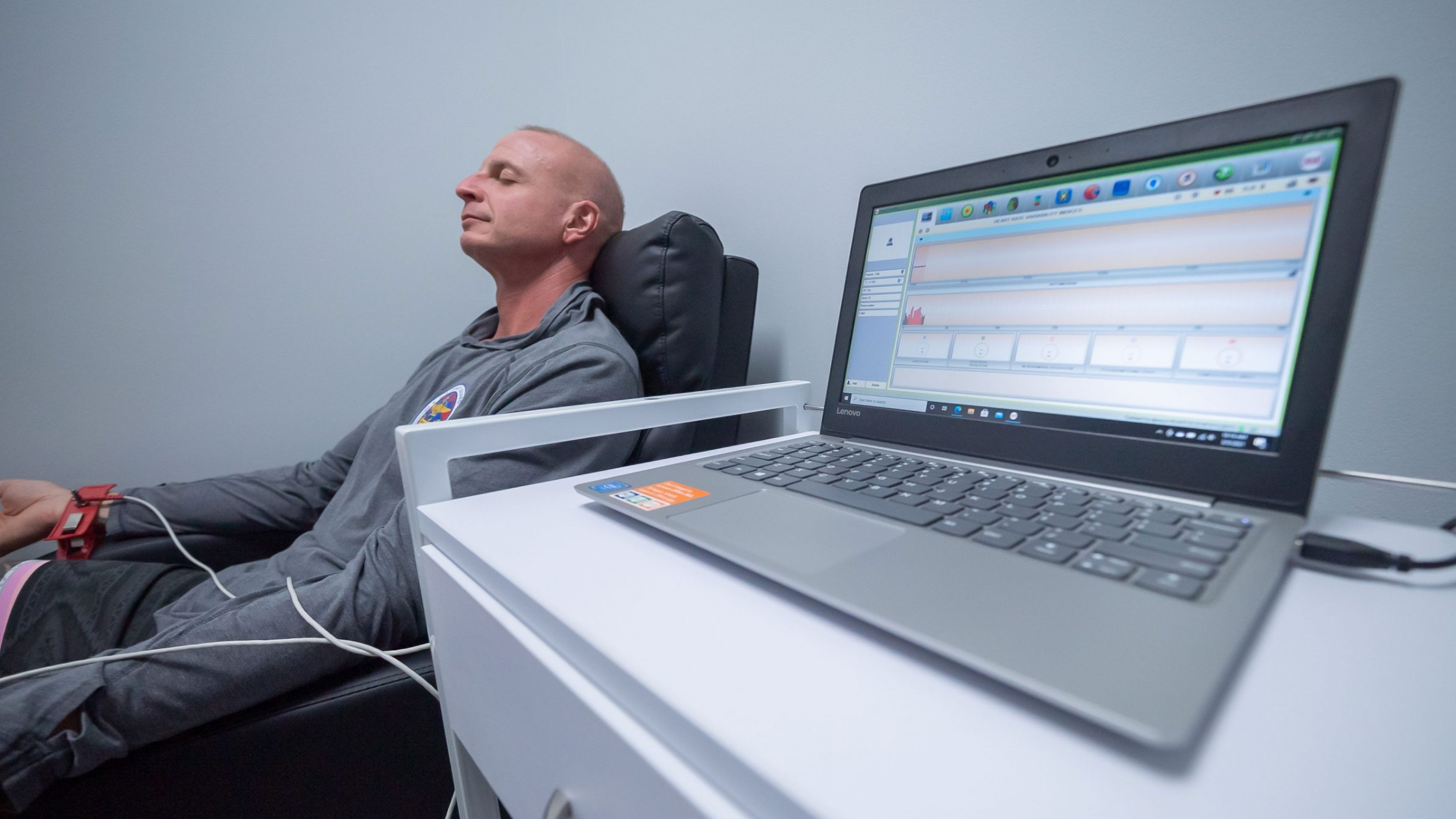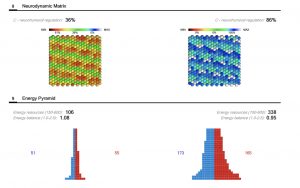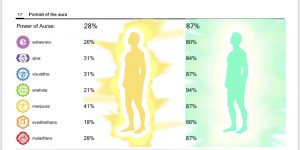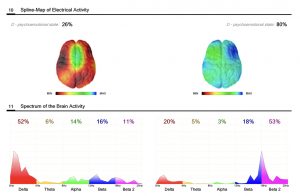
Heart Rate Variability and Your Optimal Health Status
Taking care of your heart health is not just for National Heart Month in February. Heart health contributes greatly to your overall optimal health status so, needless to say, it’s crucial to continue your efforts throughout the year.
Schedule Your Physical Therapy Appointment Now!
About CEP’s Heart Rate Variability Technology
CEP’s integrated heart rate variability (HRV) technology achieves a baseline of a client’s physical state. The non-invasive, 5 minute procedure paints a picture of the body’s wellness and recovery capacity by gaining feedback from electrical activity of the heart. Through analysis of this critical information, physical therapists can develop individualized plans to improve health status and increase functional capacity during fitness activities. In addition to assessing wellness in the general population, HRV diagnostics has also been utilized to demonstrate positive outcomes of physical therapy interventions in patients recovering from injuries when re-scanned throughout the course of treatment. Changes in HRV can be seen in many scenarios including:
– Long term stress: prolonged stress can cause HRV values to gradually drop, indicating that the body may need more recovery time.
– Impact of illness: Being sick can acutely drop HRV. If it remains low, even after symptoms disappear, it may be a sign that the body needs more time to normalize.
– Disrupted sleep: Jet lag or inconsistent sleep can put a strain on the body. Over time, this can impact the ANS and will be reflected in declining HRV.
– Overtraining: If you complete a hard workout, it can quickly lower HRV. In recovery, HRV will rebound. If HRV doesn’t return to baseline, training may be too hard or too often. The body may need more time to recover.
How HRV Technology Helps Optimal Health Status
Historically, heart health has been assessed by indicators obtained from routine blood work, blood pressure monitoring and physical stress tests. However, technology now allows us to look closer into the heart’s functionality, providing “insider information” on how the body is operating as a whole. While it may appear that the heart beats to a steady rhythm, a healthy heart actually changes its rhythm with each beat. This metric is termed “heart rate variability” (HRV).
Heart rate variability is a measure of the variation of time between your heartbeats. It’s a personalized metric that serves as one of the key indicators of your recovery status, overall health, and fitness level. It provides a snapshot analysis of your autonomic nervous system (ANS) functionality—directly relating to your body’s ability to turn on/off the fight or flight response. Your HRV can range anywhere from below 20 to over 200 milliseconds, and levels naturally fluctuate day to day. A key sign of health and recovery is a resilient HRV score that is able to rebound after taking a hit or gradually improves over time.
CEP HRV Testing Case Studies
We’ve studied a number of patients’ HRV test results but CEP South Tampa’s Doctor of Physical Therapy, Brock Labelle, showed especially significant improvements. Brock’s HRV Testing report showed the improvements made from initial reading to follow-up over a 4-week period following NeuFit’s “Master Reset” + stress reduction strategies, measured through Heart Scientific’s – Heart Rate Variability technology. HRV is a great diagnostic tool to identify dysfunction in the nervous system and gauge improvement following interventions.
Here’s how each category improved:
Total Power—Overall rating of the energy reserves and output of the body (Normal between 2385-4545)
• Initial reading: 688
• Secondary reading: 3103
Vegetative Balance Index—This index defines the relation between the activity of sympathetic and parasympathetic divisions of the Autonomic Nervous System (Normal between 35-145)
• Initial reading: 414
• Secondary reading: 97
Neurodynamic Matrix—Displays the hormonal regulation assessment by means of neuro-dynamic analysis
• Normal between 50-100%
• Initial reading: 36%
• Secondary reading: 86%
Energy Resources—The index of the ratio of energy in versus energy out (Normal between 150-600)
• Initial reading: 106
• Secondary reading: 338
Stress Index—Relates to the amount of energy the body will expand to maintain homeostasis or harmony (Normal between 10-100)
• Initial reading: 272
• Secondary reading: 55
Vegetative Index—Determining balance of Autonomic Nervous System, the more scattered the better the numerical relationships (Normal between 0.25-0.60)
• Initial reading: 0.20
• Secondary reading: 0.28
Biological age—Displays the assessment of the body’s adaptation level
• Initial reading: 34 years, 7 years above actual age
• Secondary reading: 23 years, 4 years below actual age
PsychoEmotional State Index—Defines degree of devastating effect of stress on the body (Normal between 5-100%)
• Initial reading: 26%
• Secondary reading: 80%
Brain Wave Analysis—Frequency of brain activity extrapolated from ECG
• Higher beta waves indicate we are alert, attentive, engaged in problem solving, judgment, decision making or focused mental activity
• Initial reading: Delta wave dominant, low Beta waves
• Secondary reading: Increase in Beta wave activity, decreased Delta waves
The following are some of the charts and graphs seen in your personalized heart rate variability test report.



See more HRV case studies on Instagram and Facebook.
Contact CEP for Heart Rate Variability Testing
To learn more about this cutting edge technology or to schedule a time for your HRV assessment, contact our office at (813) 849-0150 or schedule now.

 Previous Post
Previous Post Next Post
Next Post


